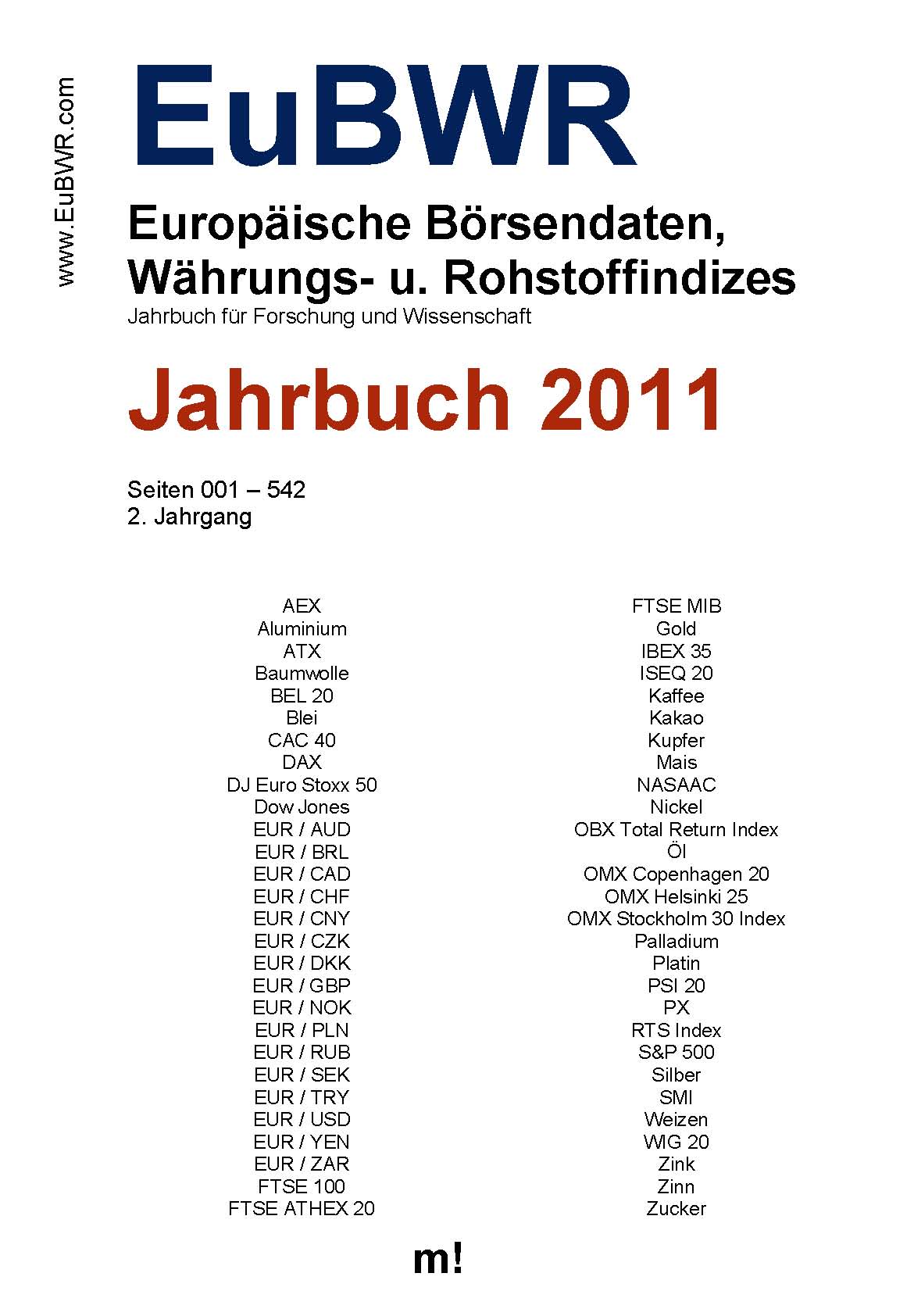Ocean general circulation model - Wikipedia.
This is a demonstration product from the HYCOM Consortium and is provided as is. HYCOM Consortium does not warrant or suggest that this data is fit for any particular purpose. Further, neither COAPS nor HYCOM consortium guarantee availability, service updates or timely data delivery.
Ocean general circulation models (OGCMs) are a particular kind of general circulation model to describe physical and thermodynamical processes in oceans. The oceanic general circulation is defined as the horizontal space scale and time scale larger than mesoscale (of order 100 km and 6 months).

We revisit the challenges and prospects for ocean circulation models following Griffies et al. (2010). Over the past decade, ocean circulation models evolved through improved understanding, numerics, spatial discretization, grid configurations, parameterizations, data assimilation, environmental monitoring, and process-level observations and modeling. Important large scale applications over.

This module examines mesoscale ocean circulation models and features and processes that they predict. These models simulate temperature, salinity, currents, and elevation in 3 dimensions through a period of time. They have sufficient resolution to simulate features like fronts, eddies, upwelling, and internal tides. In this module, we examine.

The Hybrid-Coordinate Ocean Model (HYCOM) Introduced by Rainer Bleck in the late 1990s, but followed ideasfirst implemented in atmospheric models and also tentatively used in an ocean model by Bleck and Boudra much earlier (1981). In HYCOM isopycnic vertical coordinates present in the ocean interior are.

Heat is redistributed from low to high latitudes by means of wind systems in the atmosphere and current systems in the ocean. There are two principal components of the ocean circulation: wind-driven surface currents and the density-driven deep circulation. Air and water masses moving over the surface of the earth are only weakly bound to it by.

The HYbrid Coordinate Ocean Model (HYCOM) (Bleck, 2002) is isopycnal in the open, stratified ocean, but uses the layered continuity equation to make a dynamically smooth transition to a terrain.

The model provides systematic archiving of daily ocean circulation on a global scale with output data archived back to mid-2003. While the full HYCOM model contains 32 vertical layers, we only consider velocities in the surface layer as the principal driver of floating particles. Velocity data extracted from HYCOM are then coupled to the Lagrangian.

Alan R. Longhurst, in Ecological Geography of the Sea (Second Edition), 2007. A very important direct consequence of the great dimension and largely closed boundaries of this ocean is that here the major ocean circulation patterns can approach an ideal form in response to symmetric wind patterns in the two hemispheres and to the Coriolis effect. Here two almost-ideal subtropical gyres and.

The meridional overturning circulation (MOC; also known as the Thermohaline Circulation) plays an important role in the climate system by transporting heat from low to high latitudes, and hence keeping some regions (such as the UK) warmer than they would otherwise be. The source water of the Atlantic MOC comes from cooling of the surface in.

From the HYCOM Consortium page: The HYCOM consortium is a multi-institutional effort funded by the National Ocean Partnership Program (NOPP), as part of the U. S. Global Ocean Data Assimilation Experiment (GODAE), to develop and evaluate a data-assimilative hybrid isopycnal-sigma-pressure (generalized) coordinate ocean model (called HYbrid Coordinate Ocean Model or HYCOM).
Thermohaline circulation plays an important role in the carbon cycle by moving CO2-rich surface waters into the ocean depths. As noted in Chapter 3 in Eye on the Environment 3.1. Carbon Dioxide—On the Increase, deep ocean circulation provides a conveyor belt for storage and release of CO2 in a cycle of about 1500 years' duration. This allows.

Keywords: ocean circulation, model, parameterization, climate, ocean processes 1. INTRODUCTION AND SCOPE The ocean circulation is a critical part of modeling the overall earth system (Chassignet et al., 2019). The oceans are the major reservoir of thermal energy important for climate sensitivity and.




